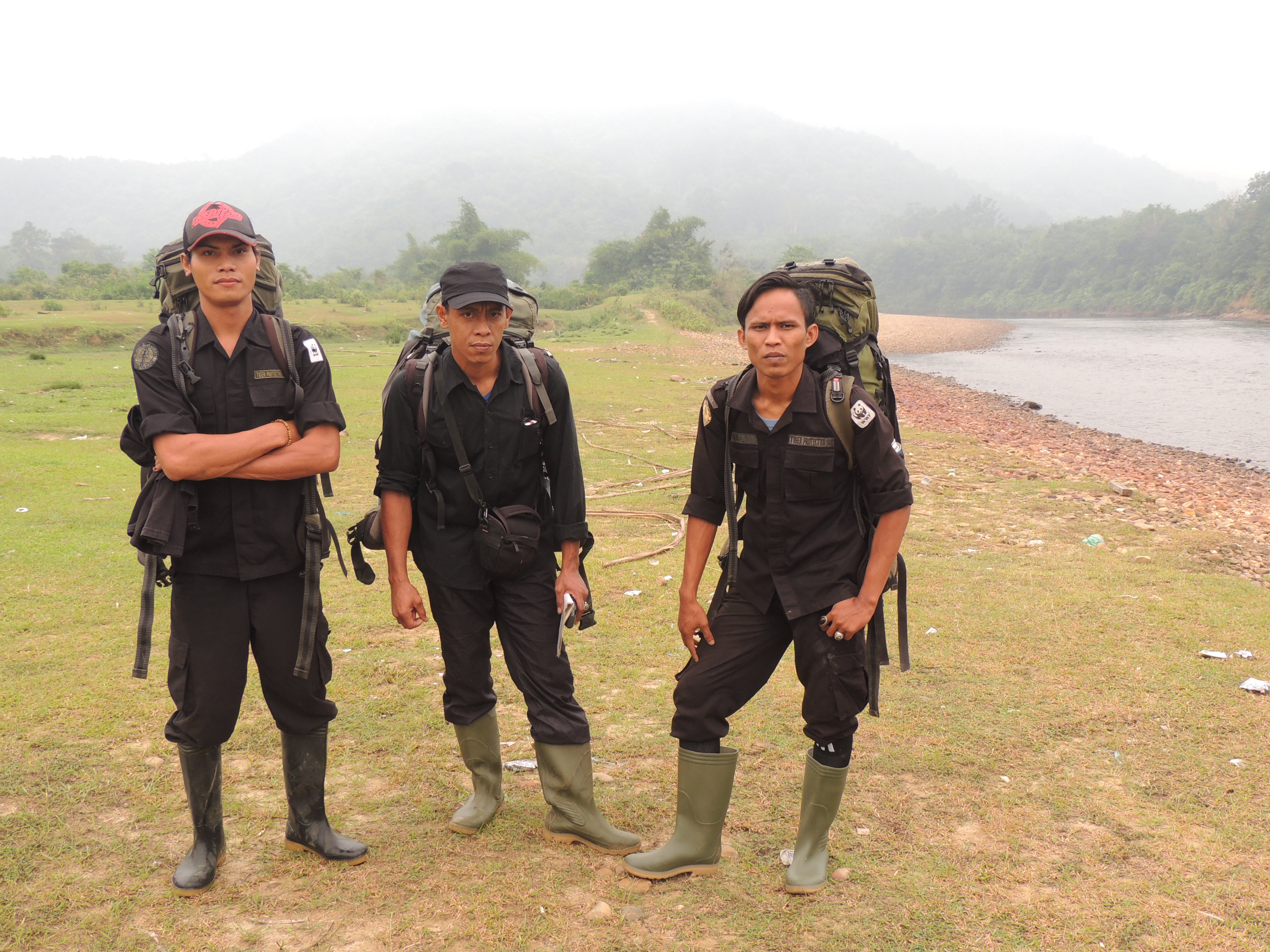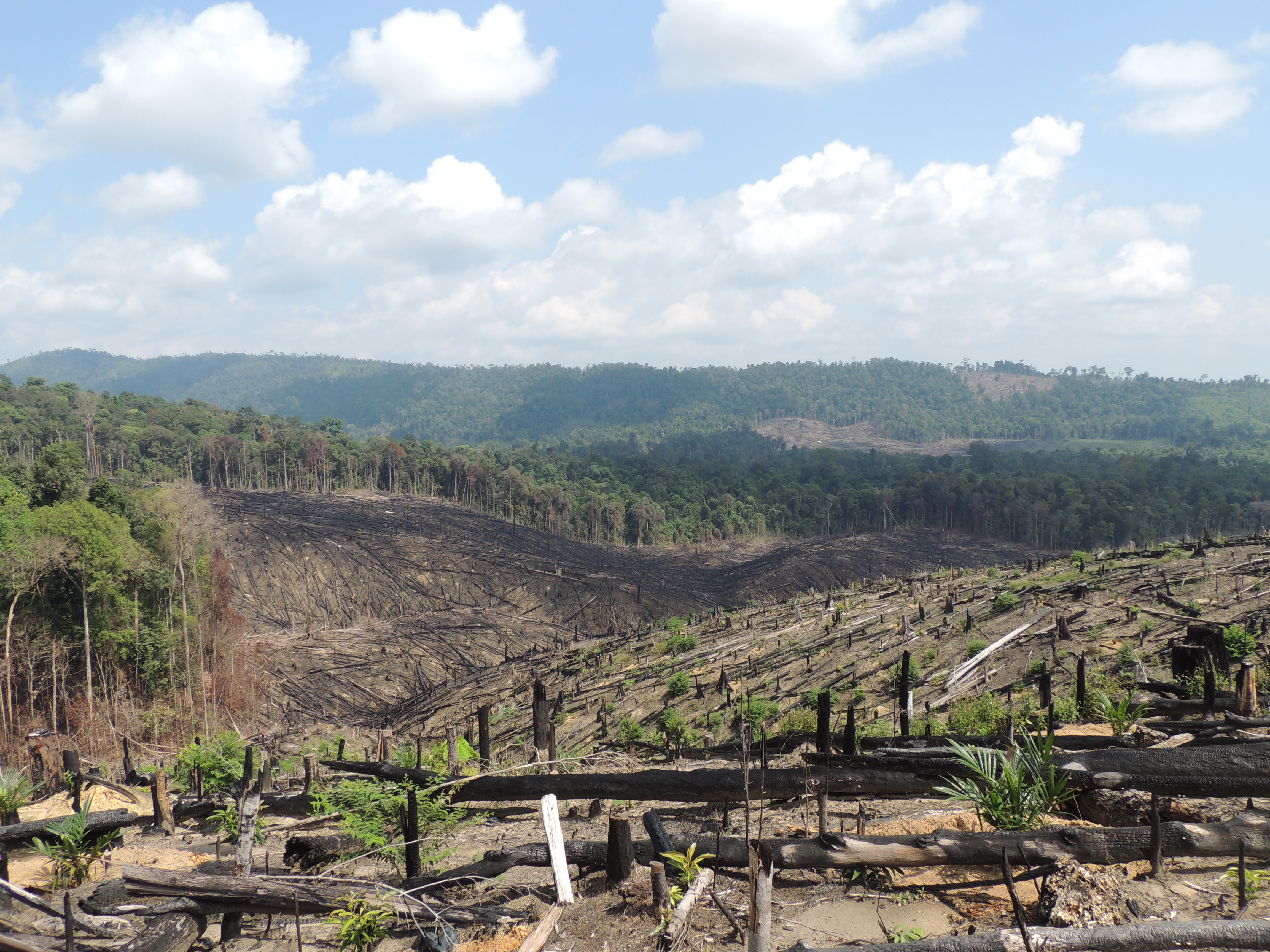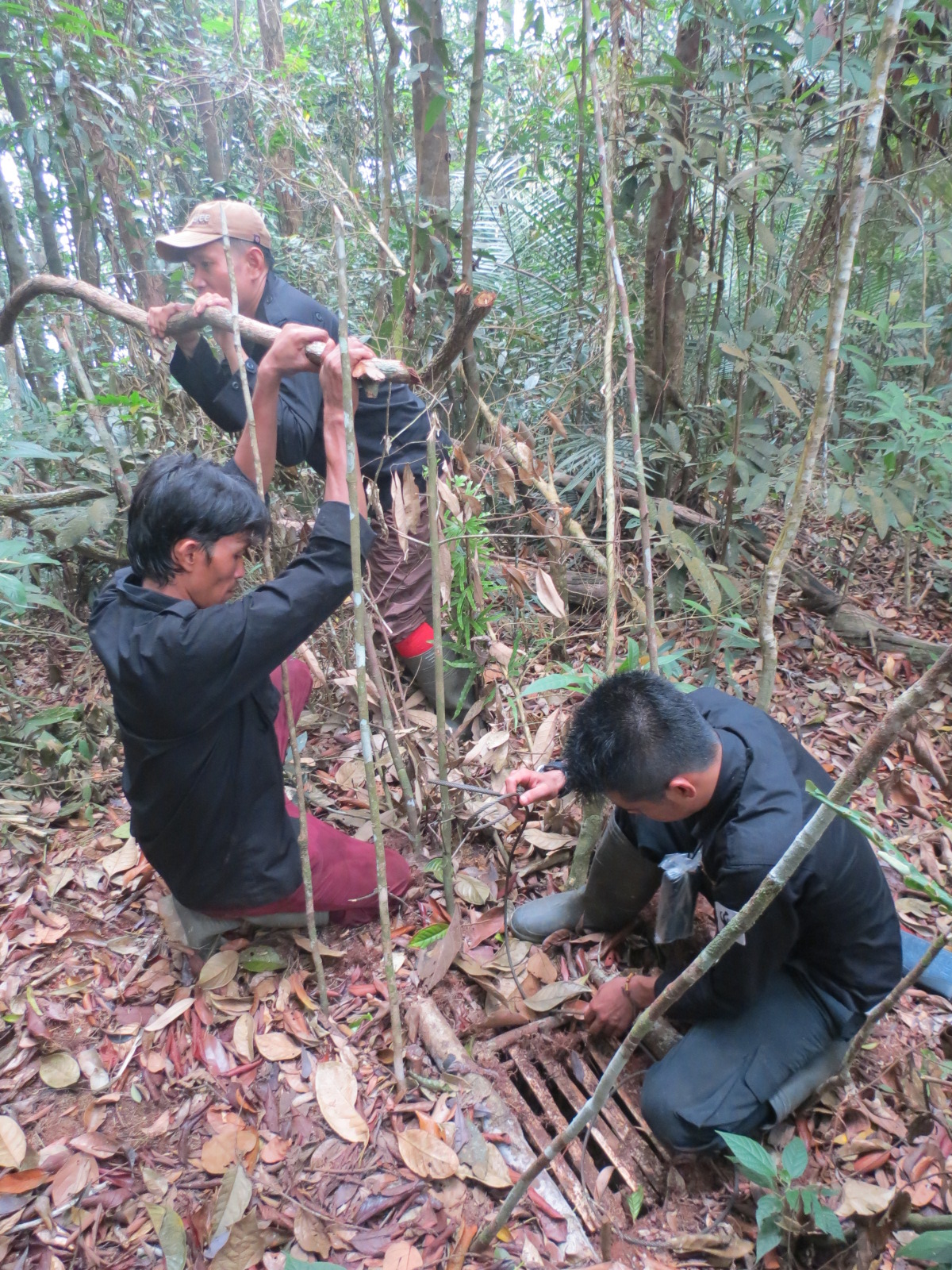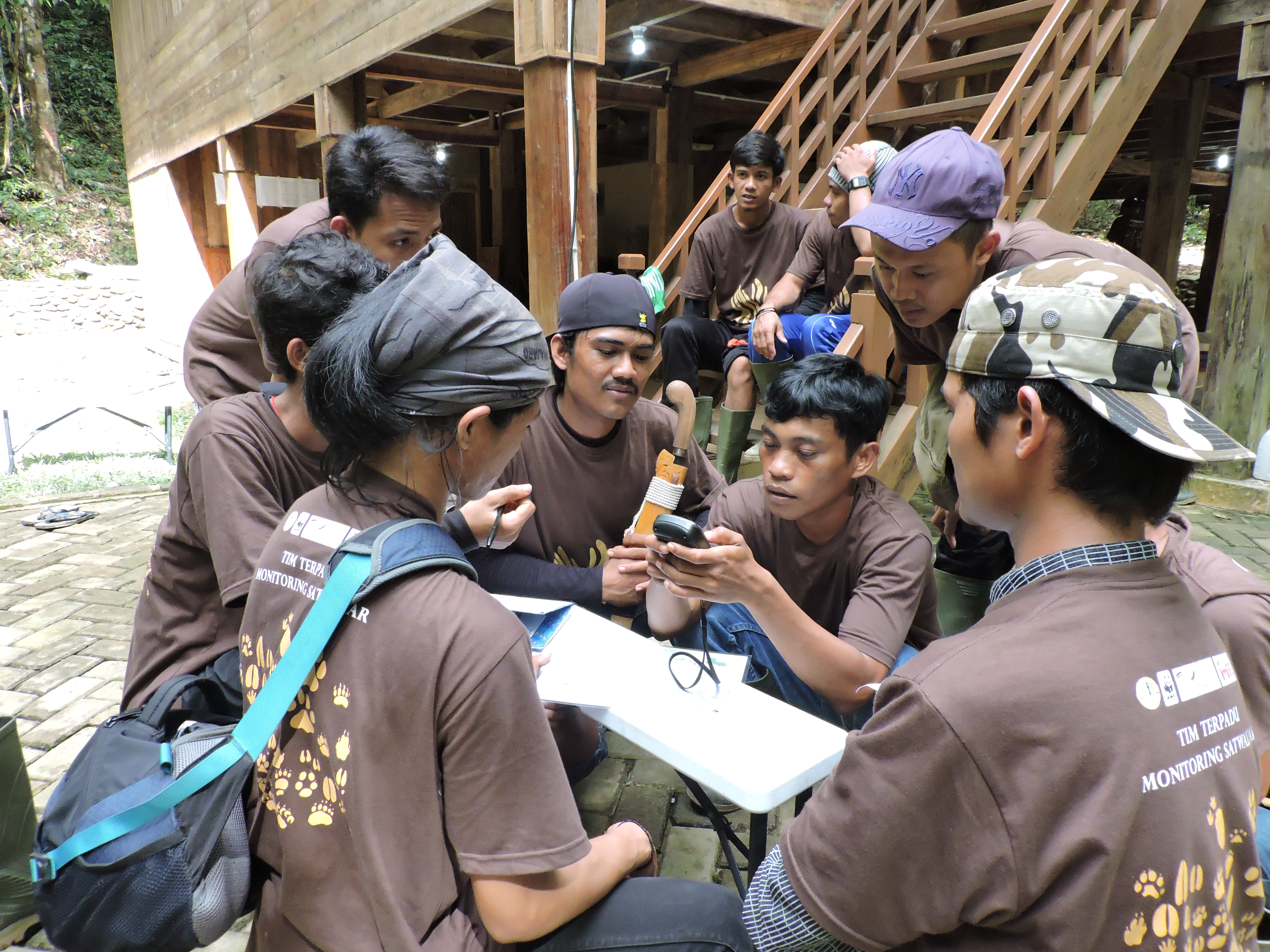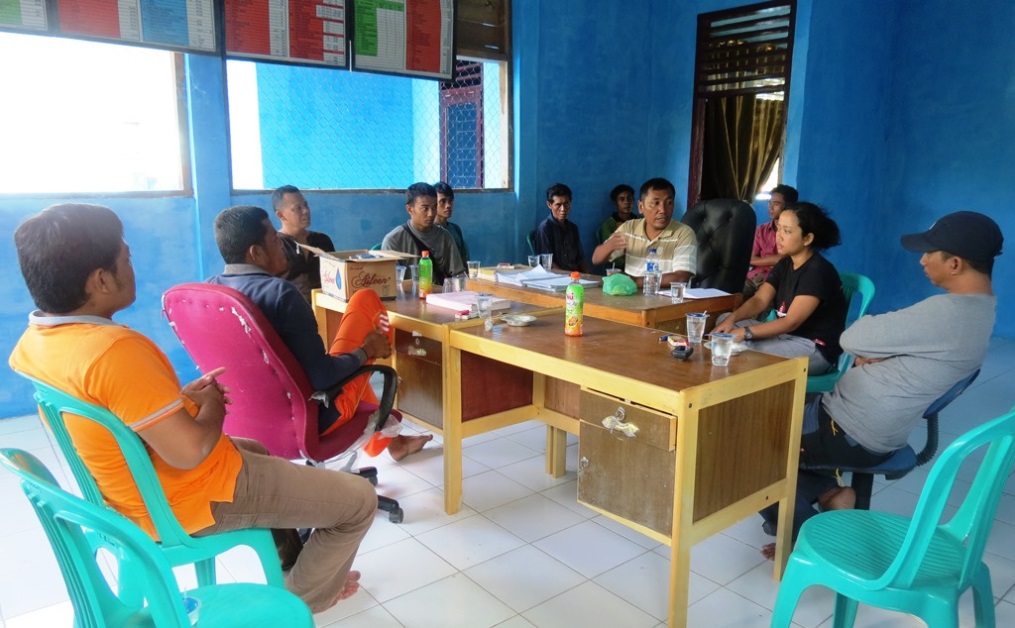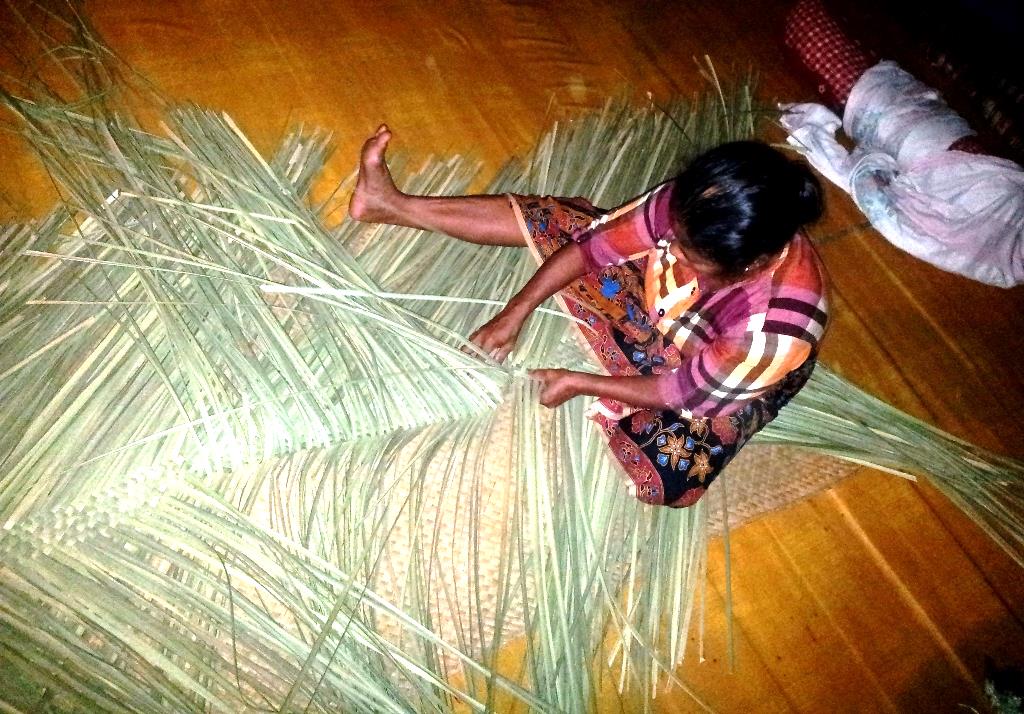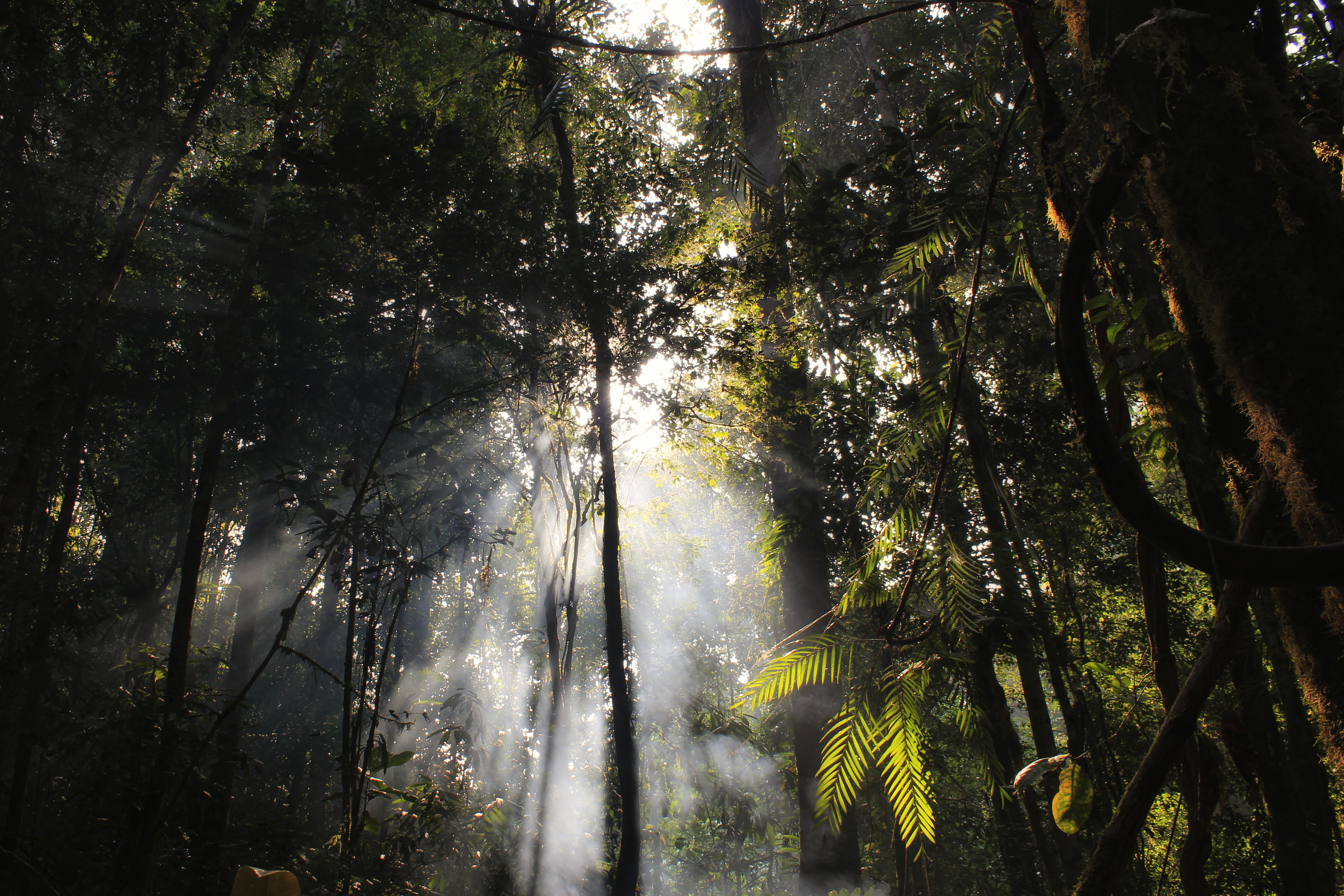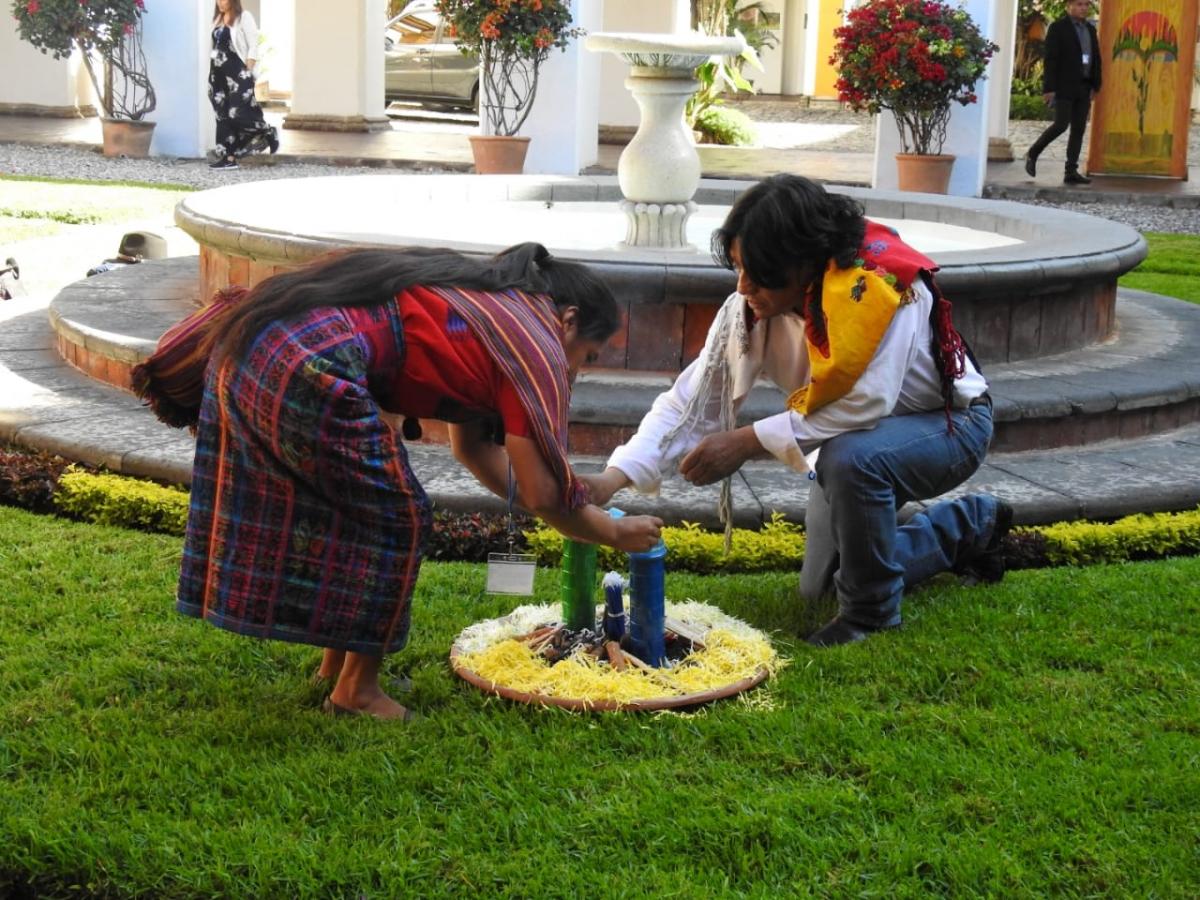The show must go on, despite forest fires in Indonesia
ITHCP-funded consortium led by WWF Germany in cooperation with WWF Indonesia in the Rimbang Baling landscape in Central Sumatra has suffered from the forest fires and related haze at the end of 2015, however the project team on the ground was able to maintain the conservation efforts throughout this dire period by adapting plans according to the situation.
The harsh situation on the ground
Haze, due to forest fires, struck Riau (province of Sumatra where the project is taking place) again in 2015 and this time lasted longer due to El Niño. The haze started covering Riau province from July and reached its peak on September and October when air particulates reached a hazardous level. More than 40’000 people were choking due to the haze and this disaster took its toll. In Riau itself, seven persons were recorded dead due to acute respiratory infection during the haze season. The Government provided compensation to families of the haze victims.
The National Disaster Management Agency recorded at least 1,000 hotspots in the whole of Sumatra Island in the middle of October. Though Riau was listed to have fewer hotspots than Jambi and South Sumatra, the haze condition worsened as the wind blew toward the province.
The airport in Pekanbaru, the capital of Riau was closed several times as the low visibility, ranging between 200- 500 meters, did not allow the take-off and landing. In Riau during September-October 1,759 fire hotspots were recorded of which 253 of them were in protected areas including in Rimbang Baling Wildlife Reserve, Bukit Batabuh Protection Forest and Tesso Nilo National Park.
Working with the people
Despite the haze, YAPEKA, an Indonesian association working with WWF and the people of Rimbang Baling still carried out community mapping and consultation to identify and develop alternative livelihoods to reduce sole dependency on rubber (Hevea brasiliensis). Dependency on rubber has for a number of reasons - lack of innovation, ageing rubber trees, fluctuating or deteriorating rubber price both internationally and nationally - contributed to economic collapse and increasing ecosystem pressures in the region.
Several alternative solutions have been identified, as well as innovations to optimize rubber production. Amongst those are the biogas digesters which use cattle manure and which can produce both gas for cooking and slurry as a by-product, which can then be recycled as a fertilizer for rubber trees. Another solution comes from agro forestry and is called Pandan (Pandanus sp.). Pandan grows naturally and quickly in the area near to the villages, mixed with other trees. The leaves are used mostly by women in Rimbang Baling to create various household products such as mats and other accessories.
The people of Rimbang Baling are very much dependent on the river as a means of transportation to the outside areas and as an energy source thanks to several micro hydro power plants along the stream. The long dry season had caused the river to become shallow and therefore it could not be used for some time for transportation. Low visibility caused by the haze prevented them to go boating over the river, isolating them further during the peak haze season.
In early November WWF provided support to the community supplying one volunteer doctor. In collaboration with the sub district public health centre, community health check-ups were given to villagers in three villages (Aur Kuning, Gajah Batalut, and Muara Bio). More than three hundred villagers got free medicine, vitamins and additional food. In addition to this, WWF’s volunteers also gave education material and games to the kids.
Threats to tiger habitat
The community based protection units (Tiger Protection Unit and the Community Patrol Team) divided their patrol area to synergize their work, even during the haze peak season. The TPU focused inside the Rimbang Baling Wildlife Reserve while the Community Patrol focused in the buffer zone. The Community Patrol Team members were recruited from villages around Rimbang Baling and are expected to build good rapport with the local community to support raising people's awareness to help protect nature and Sumatran tigers.
Intensive patrols conducted by the community based protection team in Rimbang Baling and Bukit Batabuh has resulted in reducing threats to tigers especially from the poaching activities. Snares were still found but they were set up deep in the forest, which may indicate that poachers have realized that their snares would be easily cleared if put in accessible forests. The team also found an illegal logging camp and some patches of recently burnt areas both in lower areas and at the tops of hills.
Haze caused oxygen depletion and bad visibility and this impacted on the stamina of the field team in carrying out their tasks, but they still carried on regardless.
Entering November, the haze gradually lifted as the rain fell almost every day all over Riau including Rimbang Baling. Water levels in the rivers in Rimbang Baling, which were shallow for two months, returned to normal.
Forest fires and the related haze at the end of 2015 in Indonesia are believed to have cost the country at least US$16 billion (S$23 billion) in economic losses, equivalent to 1.9 per cent of its GDP (World Bank). The World Resources Institute estimates that these fires alone released more greenhouse gases each day than the entire US economy did.
Read more about the project here.
> By Syamsidar, WWF
